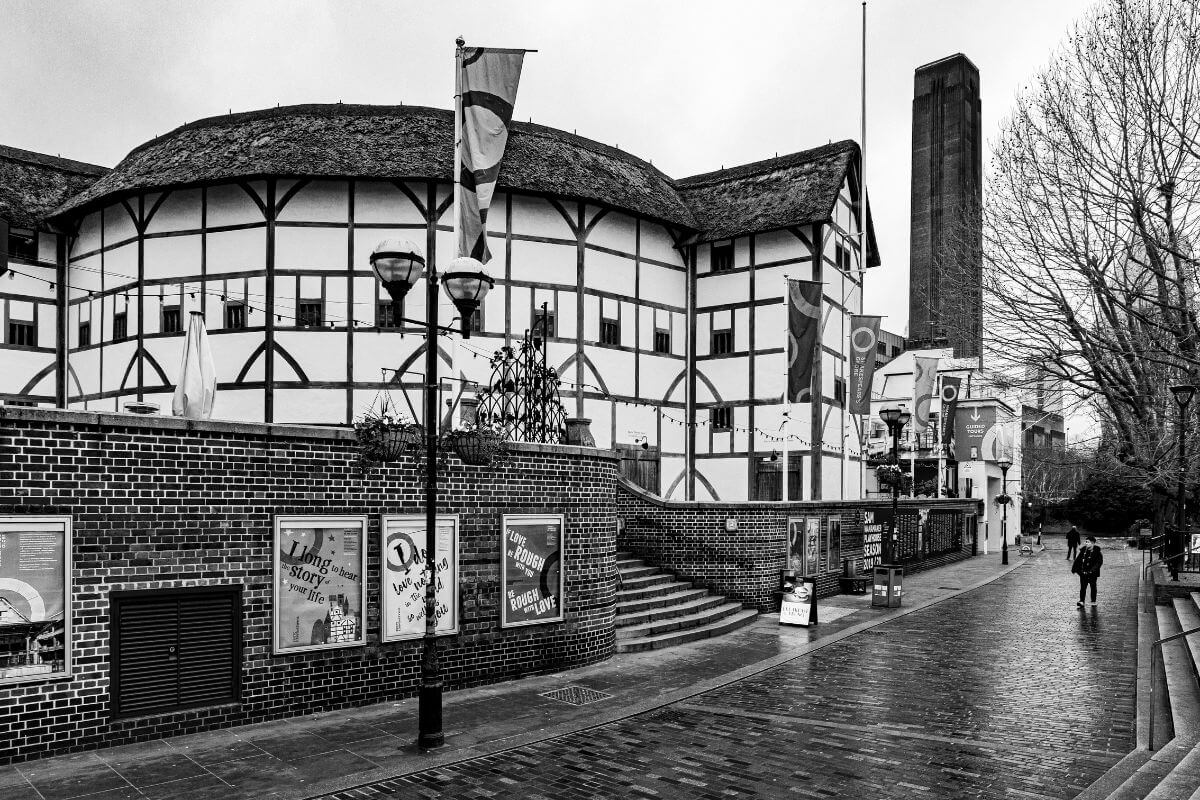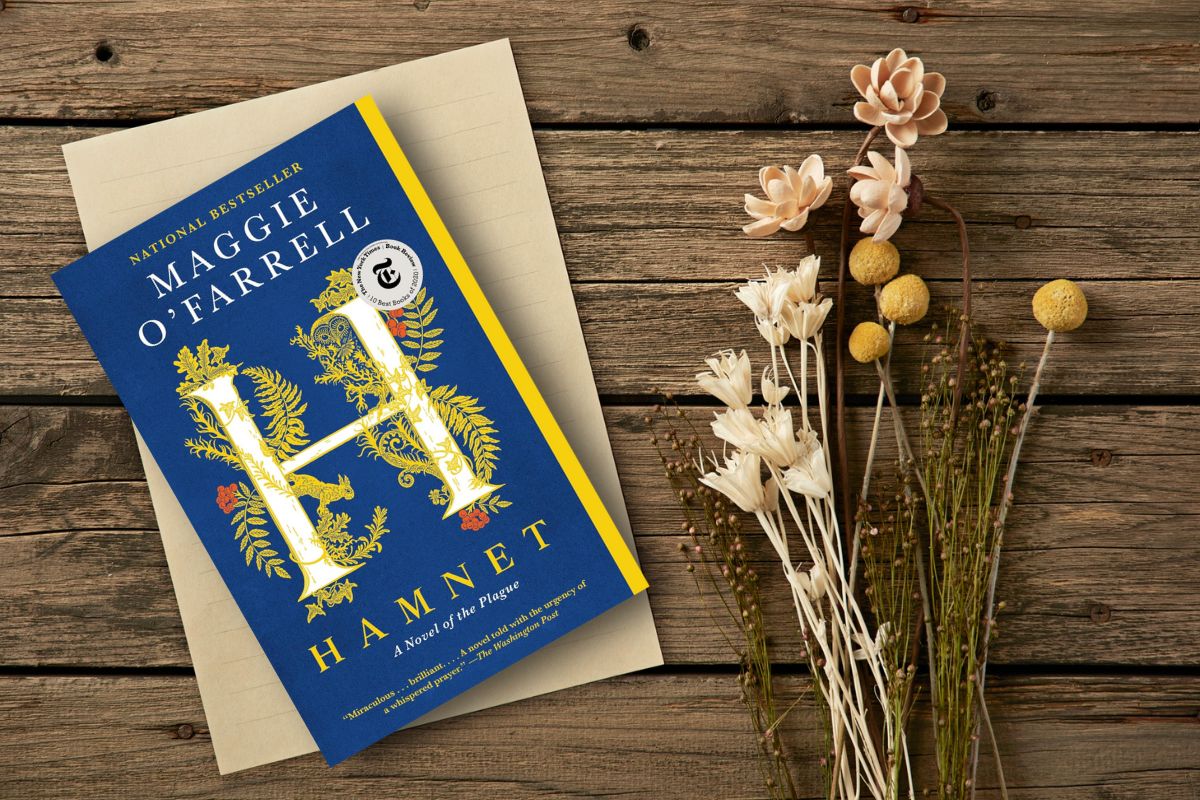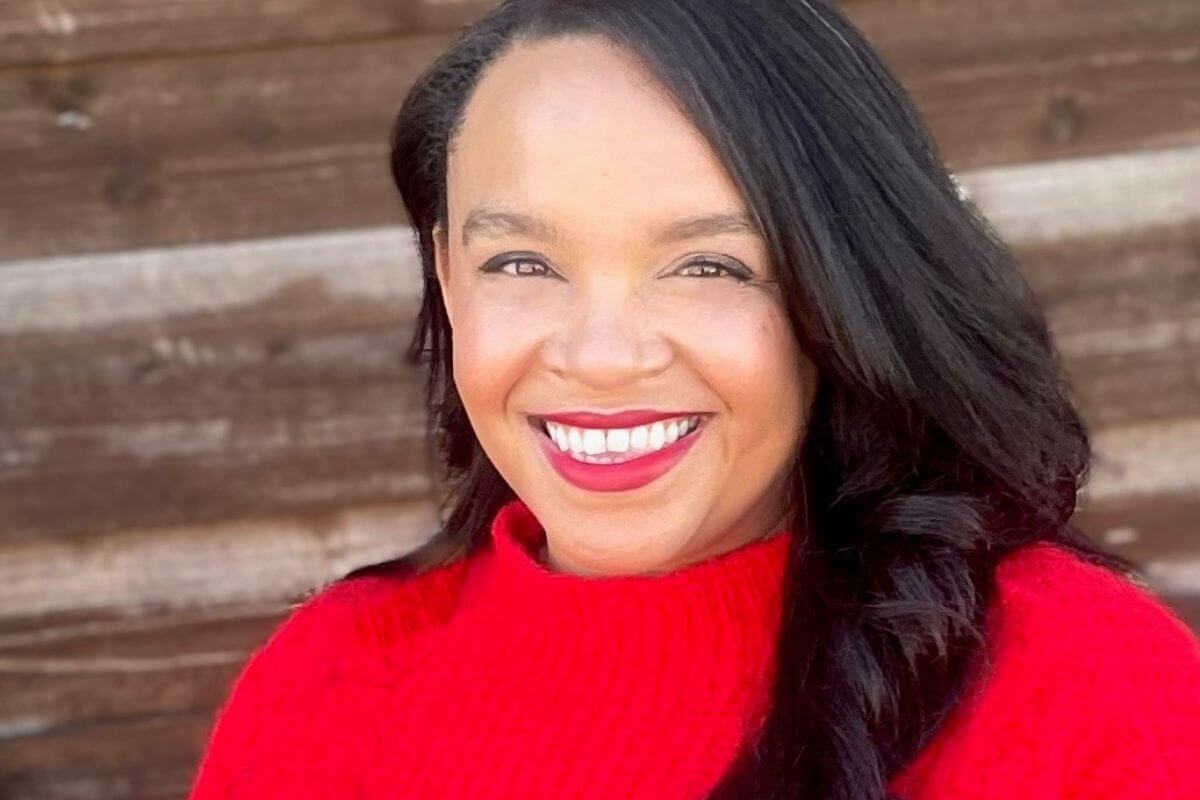When crafting characters, the only way they come alive to a reader is in the same way real people reveal themselves. Think how you continue to learn about loved ones and new acquaintances, over time, as layers peel back and those distinctions and characteristics emerge. These complexities are what make us who we are, strengths, flaws, and all.
It’s weaving these nuances into female characters that make writing shine, prompting the reader to dig in deeper to fully understand a characters’ motivations, choices, and personality. For example, good versus evil shouldn’t be so easily categorized; straight forwardness is not complex. Like real humans, characters are rife with love and lust, guilt and joy, appreciation and anger. There’s a reason a character is the way they are, and the nuances you write will help hint at that history, make them more relatable, and offer multiple perspectives the reader may not consider. Ultimately, the character needs to grow into a more fulfilled person by the end of the book.
Here are some tips to help you craft nuanced female characters:
The opposite of nuance is stereotype
Many writers struggle with how to write nuanced female characters in a relatable and authentic way. Stereotypes and outdated tropes are the first thing to go to craft a character that has a diverse background and personality. Women aren’t only the love interest, stay-at-home moms, evil stepmothers, damsel in distress—all harmful stereotypes that we still see in movies and literature today. Even in these roles, a woman has reasons for wanting to be in that role, or acting the way she does.
At the same time, even bringing stereotypes to the next level is not enough: the housewife who is also a spy, the woman running for Senate in Chanel, the chef battling sexism in the Michelin star kitchen. All of these call for multiple layers.
Develop backstory—how did she get this way?
Create detailed backstories prior to writing your character that will undoubtedly transform throughout the writing process. We’re all a product of our past. Why is she sad, angry, optimistic, a liar, a thief, materialistic, a perfectionist? Why did she choose her profession, style, friends, where she lives? Consider her parents, upbringing, education, the people she’s known, important decisions made. These factors shape life paths, values, beliefs, and motivations—and should be both good and bad, each with complicated feelings. For example, perhaps she was bullied in school, and it set her desire to be famous and accepted? Maybe she lost a loved one to suicide and feels anxiety around people who exhibit depression.
Also—is she powerful? How long did it take her to get there? If writing a villain, backstory explains how a bad guy becomes that way in the first place; it doesn’t start out with being inherently evil. What is she trying to prove? Is she reacting to childhood trauma, or a lost love? What does she hope to accomplish by achieving power? These answers could be rooted in a relatable emotion or desire; struggles that people face daily.
Find the internal conflict and motivation
Writing backstory helps find and create internal conflicts and motivations for your female characters. These are two things you must discover early on. Her internal conflict and challenges add depth, and can and should involve dilemmas, struggle in morality, and challenges. What does she want more than anything? What’s her why? What happens if she fails? This brings her motivation to the next level and drive the plot forward.
Find different ways to incorporate nuances
In language or culture, with different slang or beliefs (in the US it’s soccer and UK it’s football). In communication, with facial expression or body language (a flinch as opposed to a smile when discussing love). You can also be mindful of diversity, and recognize that the way women speak, present themselves, the choices they make in fashion, travel, and dating, derive from diverse cultures and identities. Take into account ethnicity, disability, and sexual orientation. This also affects the speech patterns and vocabulary of your female characters. And of course, when writing about sensitive subjects or cultures you are not a part of, use sensitivity readers, seek feedback from beta readers, and do your research on everything.
Show conflicting personality traits
Seek a balance of positive and negative (and don’t forget neutral) character traits. Everyone is flawed. If you’re feeling stuck, search some lists of negative traits to find some that may be authentic to your character, then identify two or three major character flaws for her. When it comes to strengths, do the same, but try not to lean heavily on stereotypical positive strengths in women: nurturing, perky, helpful, etc. This is a good place to seek both masculine and feminine traits (like aggressive and trusting). Consider, too: how can you turn a positive trait into a negative one? What happens if she’s too ambitious? What about turning a negative trait into a positive one? What if her tendency to gossip saves a life?
While it’s important that your character shows and evolves through strength and vulnerability to highlight resilience, conflicting personality traits are just as important to. Think:
- ambitious and selfish
- quick-to-anger and thoughtful
- egotistical and generous
- introverted and arrogant
Characters must grow and evolve
Your female characters’ experiences must shape them and lead to personal development, changing through the story. This can be positive growth or falling further into villainy, but it must be through the character’s own agency. Your female characters need to make choices that impact the story and character arc. Like people, they must change and grow in an obvious way at the end.














Leave A Comment